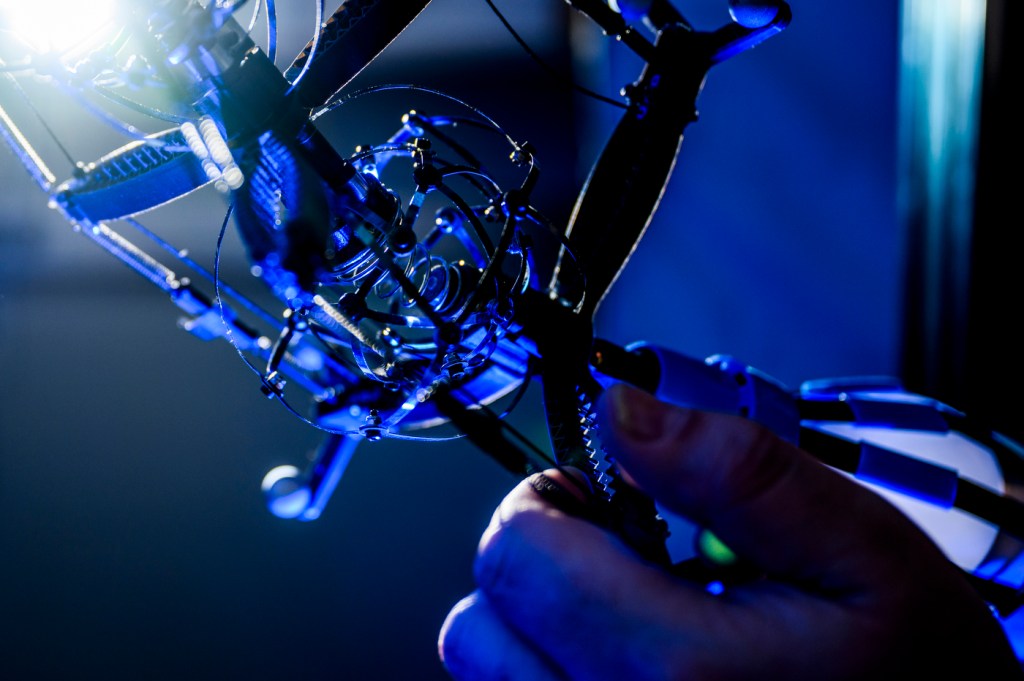Professor’s FDA—approved nanotechnology may prevent complications from implants – like the one that ended Kyrie Irving’s season.

As the Boston Celtics battle their way through the NBA playoffs, their best player, Kyrie Irving, is watching from the bench. The all-star point guard has been sidelined for the rest of the season by an infection that developed around two screws placed in his left knee during an operation to repair a fractured patella in 2015.
It’s an all-too-common complication for surgical procedures that may be preventable in the future, thanks to nanotechnology developed by Northeastern professor Thomas Webster. A spinal implant that has been shown to lower the risk of infection—the first device built with the nano-features Webster designed—was recently approved by the Food and Drug Administration. It’s the first step to developing other implants, such as the ones used in Irving’s knee.
The first-of-its-kind orthopedic device mimics the natural texture of bone, coaxing new bone growth and preventing infection. Nanovis, the company that makes these spinal implants, licensed Webster’s nanotechnology to improve their existing devices.
Current implants sometimes fail to bond to bone and integrate properly into surrounding tissue. But the new device’s nano-textured surface is similar to the roughness of real bone, tricking the body into growing more bone on top of the implant. The nano surface features also make it difficult for bacteria to attach to the implant, decreasing the risk of infection.

“There are a lot of materials we use that bacteria grow on. We hope this is the start of putting nano-features on everything,” Webster said. Photo by Adam Glanzman/Northeastern University
Implants and other medical devices can take years to be approved by the FDA. But Webster, the Art Zafiropoulo Chair in Engineering and the chair of Northeastern’s chemical engineering department, and his team bypassed the lengthy approval process by using the same chemistry Nanovis employed to create its existing spinal implant. Webster simply changed the texture of the implant’s surface to emulate bone on a nanoscale.
Webster said the nano-features could be applied to a variety of other devices, such as screws used in the lower legs—like the ones that led to an infection that ended Irving’s season—or implants for hips and knees.
“There are a lot of materials we use that bacteria grow on. We hope this is the start of putting nano-features on everything,” Webster said. He cited catheters and contact lenses as other potential candidates.
Preventing infection of implants reduces the need for antibiotics, the overuse of which has contributed to the development of antibiotic-resistant bacteria. Webster said this is a major public health concern, and he’s right—the Centers from Disease Control and prevention have attributed more than 23,000 deaths to antibiotic resistance.
“This will hopefully keep the clinical community from needing to use antibiotics—instead having the device itself reduce bacteria attachment,” Webster said.
Matt Hedrick, chief executive officer of Nanovis, said that with Webster’s guidance, the technology may be used to improve all titanium-based implants.
“Tom has been an innovator in this field and actually one of the fathers of this field,” Hedrick said. “He’s really brilliant to work with.”





